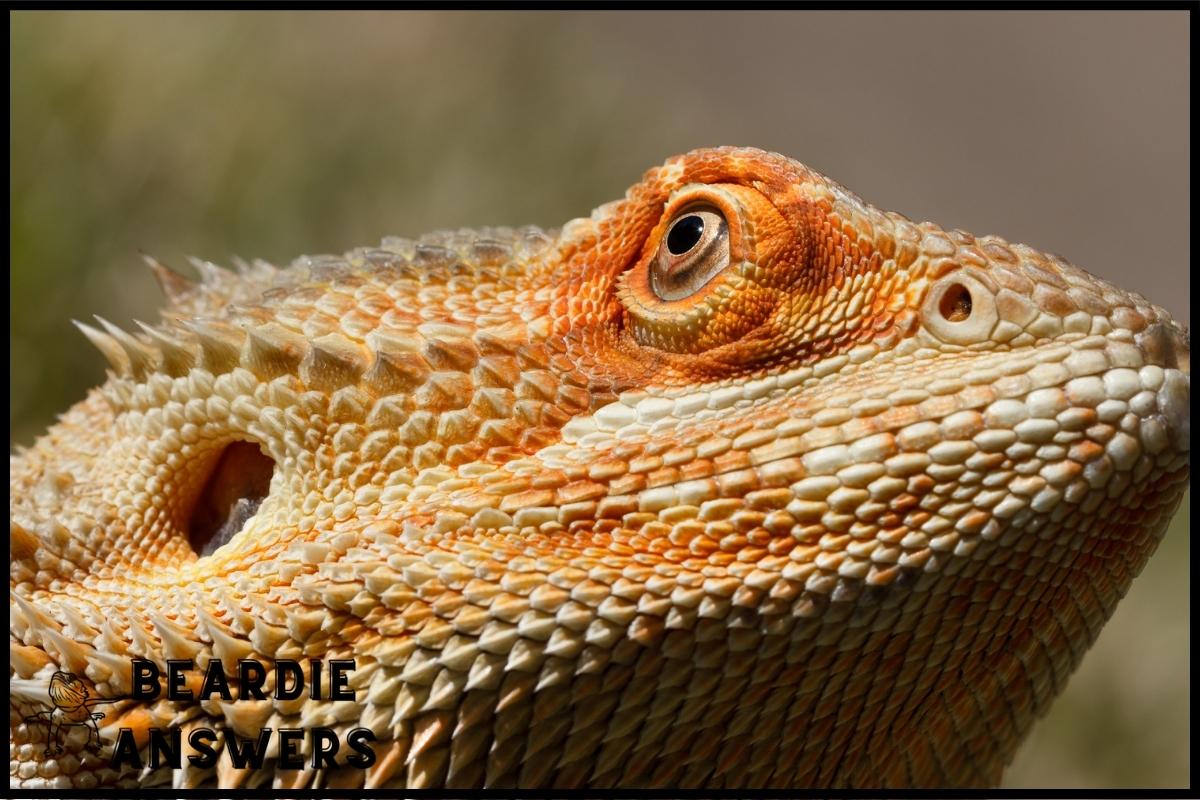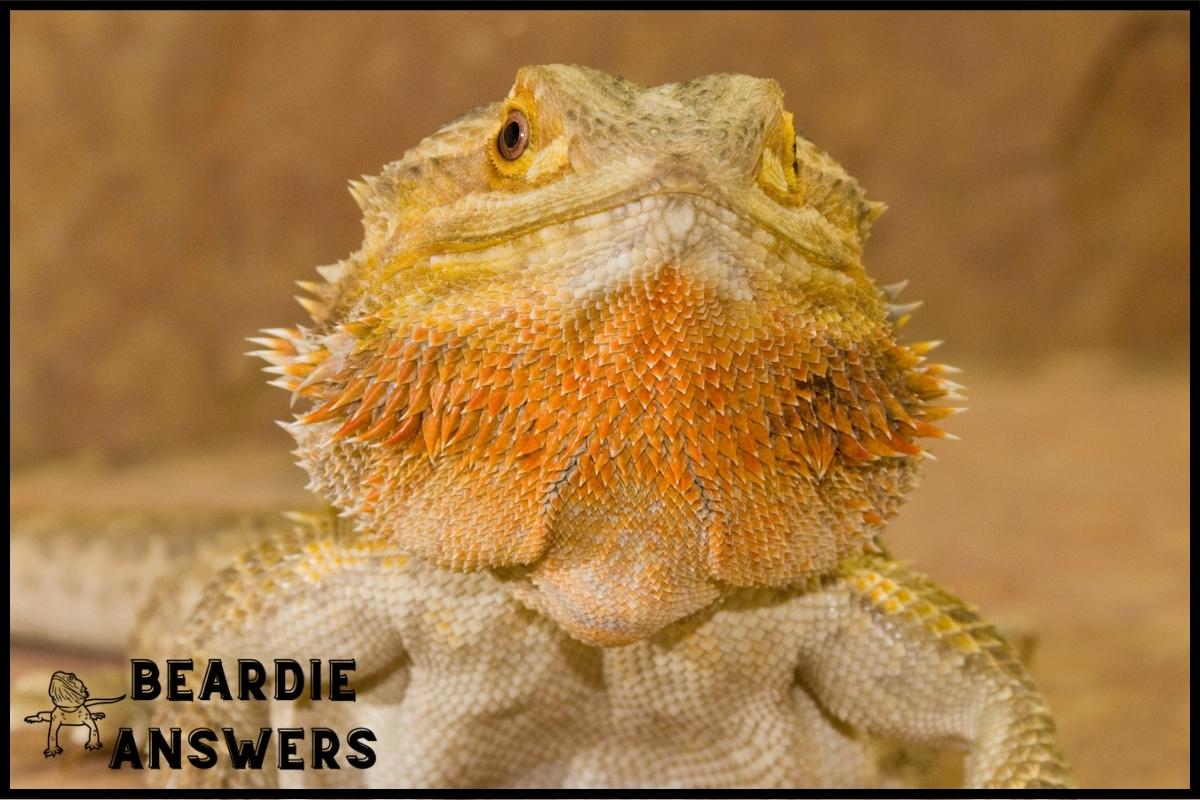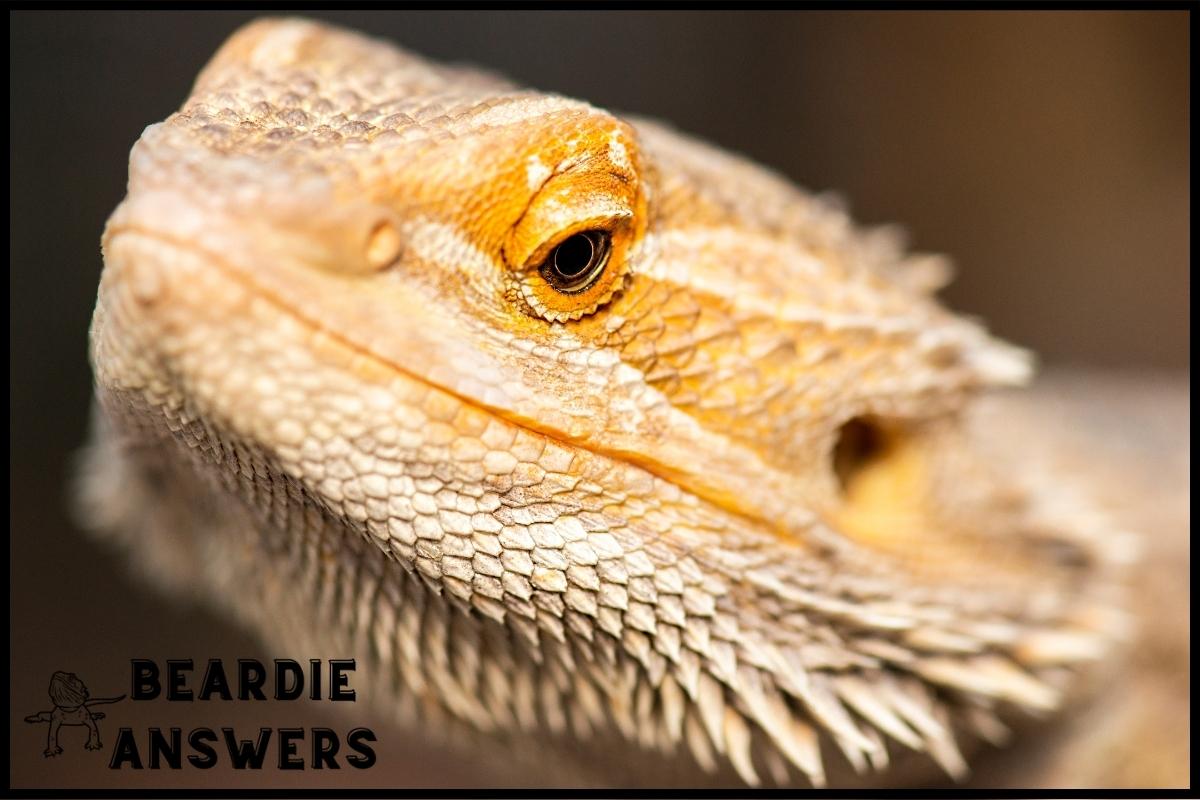Bearded dragons typically poop once a day or every other day, depending on their diet and activity level. If you notice a change in their bowel movements or if they haven’t gone in a few days, it’s important to monitor their behavior and seek veterinary advice if necessary.
What You'll Learn
- 1 What To Expect From A Bearded Dragon’s Pooping Habits
- 2 Reasons For A Bearded Dragon’s Frequent Pooping
- 3 Warning Signs Of An Unhealthy Bearded Dragon
- 4 How To Clean Up After Your Bearded Dragon
- 5 How To Monitor Your Bearded Dragon’s Pooping Habits
- 6 Common Mistakes To Avoid When Caring For Your Bearded Dragon
- 7 Conclusion
What To Expect From A Bearded Dragon’s Pooping Habits
No matter how well-loved and cared for a bearded dragon is, its pooping habits can seem like an endless source of frustration. It feels almost as if the lovable little reptile has been blessed with magical powers that allow it to poop seemingly non-stop! But in reality, the pooping frequency of a bearded dragon should be relatively predictable—if you understand their dietary habits and stress levels.
A healthy, adult bearded dragon’s digestive system typically processes food once every day or two. This means they will usually produce one solid stool per day or every other day, which is similar to what people are used to seeing from larger pets such as cats and dogs. Additionally, most types of bearded dragons won’t eat more than twice a week due to their slower metabolisms; this also helps keep their waste production at regular intervals so owners know when to expect it.
But there are times when these patterns might get thrown off course. Stressful situations or changes in diet can result in frequent poops from your beardie friend; even something as simple as moving them into a new habitat could cause temporary diarrhea while they adjust.
Knowing why your pet is having trouble regulating its elimination schedule is key towards getting them back on track—so let’s take a look at possible reasons behind frequent poops in next section.
Reasons For A Bearded Dragon’s Frequent Pooping
When it comes to a bearded dragon’s frequent pooping, their diet and health can both be factors.
It’s important to take a look at both to ensure their health and well-being.
Diet
A bearded dragon’s diet has a lot to do with why they may be pooping more often than usual.
If the feeding habits are not appropriate for their age and size, or if their enclosure setup is not ideal, then this can cause frequent defecation.
For instance, juvenile dragons should have smaller prey items like crickets while adults need larger meals such as dubia roaches; an incorrect food choice could lead to digestive issues resulting in increased bowel movements.
Additionally, proper lighting and temperature must be maintained within the tank – too much heat can speed up digestion which also leads to more trips to the bathroom!
All of these factors combined will influence how often your pet reptile needs to poop so it’s important that you keep track of what you’re giving them and ensure that things stay balanced.
Health Issues
It’s also important to consider health issues when determining why your bearded dragon is pooping more often.
Parasites, like worms and mites, can cause digestive problems, so it’s important to keep up with parasite control in order to ensure your dragon stays healthy.
Additionally, if their dietary needs aren’t being met, they may not be receiving all the nutrients they need which could lead to digestive complications down the line.
Keeping a close eye on what you’re feeding them and making sure they receive regular check-ups from a vet are key components of keeping your pet lizard happy and healthy!
Warning Signs Of An Unhealthy Bearded Dragon
Bearded dragons are typically low-maintenance animals, but it’s important to recognize the warning signs of an unhealthy dragon.
If your bearded dragon is not receiving adequate dietary needs or if they appear stressed due to environmental factors like overcrowding, they may display a number of concerning behaviors.
For instance, they might become inactive and sluggish, refuse food, exhibit changes in their pooping habits (e.g., more than once a day), or develop respiratory issues.
It’s also important to note that many health problems can be prevented by providing proper nutrition and maintaining optimal living conditions for your pet.
Feed them a balanced diet with plenty of calcium and vitamin D3 supplement; this will ensure that they get all the nutrients necessary for healthy growth and development.
Additionally, make sure you provide enough space so that your dragon isn’t feeling trapped or crowded; this can cause unnecessary stress which can lead to further health concerns down the line.
To keep your beloved pet in good shape and avoid potential health risks associated with poor diet or stressful environments, regular checkups with a qualified veterinarian should be scheduled at least twice yearly.
With appropriate care based on individual needs, your bearded dragon will live a long and happy life!
Transitioning into cleaning up after your bearded dragon requires knowing what type of substrate it prefers as well as how often its enclosure must be cleaned out in order to maintain sanitary conditions.
How To Clean Up After Your Bearded Dragon
Cleaning up after your beloved pet bearded dragon doesn’t have to be a dreaded chore. In fact, it can actually become an enjoyable task when you follow these simple sanitation tips:
- Wear rubber gloves before handling the waste and any supplies that come into contact with it.
- Dispose of all solid waste in sealed plastic bags or containers.
- Wash soiled areas regularly with warm water and soap; use disinfectants as needed for added protection from germs and bacteria.
- Make sure to practice stress relief techniques while cleaning up, such as taking deep breaths and focusing on happy thoughts!
Managing your beardie’s toilet habits is essential for their health and wellbeing, not only providing them with peace of mind but also helping to identify potential issues quickly and accurately.
Keeping an eye on things like frequency of pooping will help reinforce good hygiene practices and maintain a clean environment for everyone involved – both reptilian family members included!
How To Monitor Your Bearded Dragon’s Pooping Habits
Monitoring your bearded dragon’s pooping habits is an important part of their overall care. Bearded dragons are typically considered healthy when they poop once a day or every other day, but any changes in frequency could be indicative of something more serious that requires veterinary attention.
To ensure that you’re aware of any changes, it can be helpful to observe the amount and consistency of their droppings regularly as well as keep track of bathing frequency and dietary changes. Additionally, pay close attention to their behavior, especially if they seem lethargic or uninterested in food – these may also indicate potential health issues related to pooping irregularities.
With careful observation, you can spot potential problems early on and take proactive steps to address them before they become more severe. Transitioning into the next section, understanding common mistakes to avoid when caring for your bearded dragon will help you better recognize signs of distress so you can provide adequate care.
Common Mistakes To Avoid When Caring For Your Bearded Dragon
It may seem like owning a bearded dragon is easy, but there are plenty of mistakes that can be made when caring for one. From providing an improper diet to having the wrong habitat setup, these seemingly small errors can lead to big consequences for your pet’s health and happiness. Irony aside, it’s important to know what not to do if you want your scaly friend to live a long and healthy life.
One mistake people make with their bearded dragons is not giving them enough variety in their diets. A proper diet should include leafy greens such as dandelion greens or mustard greens as well as insects such as waxworms, crickets, or mealworms. If they don’t receive the right combination of proteins, vegetables, and other essential nutrients they won’t get all the vitamins they need.
Another common mistake is neglecting their habitat needs. Bearded dragon tanks require temperatures between 75-85 degrees Fahrenheit during the day and no lower than 72 at night. Without appropriate lighting and heating components, this temperature range cannot be maintained which can cause stress and illness for your pet over time.
Additionally, depending on how large your tank is will determine whether you need more than one basking spot or hiding area – so pay close attention to the size of your enclosure before buying any equipment!
Caring for a reptilian companion isn’t always easy; however taking steps to ensure its environment meets its needs helps create a happy home for both you and your new best friend!
Conclusion
In conclusion, caring for a bearded dragon is like being the parent of an exotic pet. It requires patience and understanding to ensure your reptilian companion stays healthy and happy.
By monitoring their pooping habits, you can recognize any irregularities that may indicate something is wrong. As long as you stay on top of things, keeping up with your beardie’s bathroom needs should be a breeze!
Remember, if anything seems off or out of the ordinary it’s important to contact your vet right away so they can determine what steps need to be taken to get them back on track.
With proper care, you’ll have a strong bond with your scaly friend that will last for years.

Hi! My name is Bryan, I am the “one behind the words” here are BeardieAnswers.com. I believe that providing quality care and nutrition is the best way to ensure the health of your pet. Every beardie is special and deserves the best care and attention. If you have questions about your bearded dragon, please don’t hesitate to ask! View My Full Author Page




